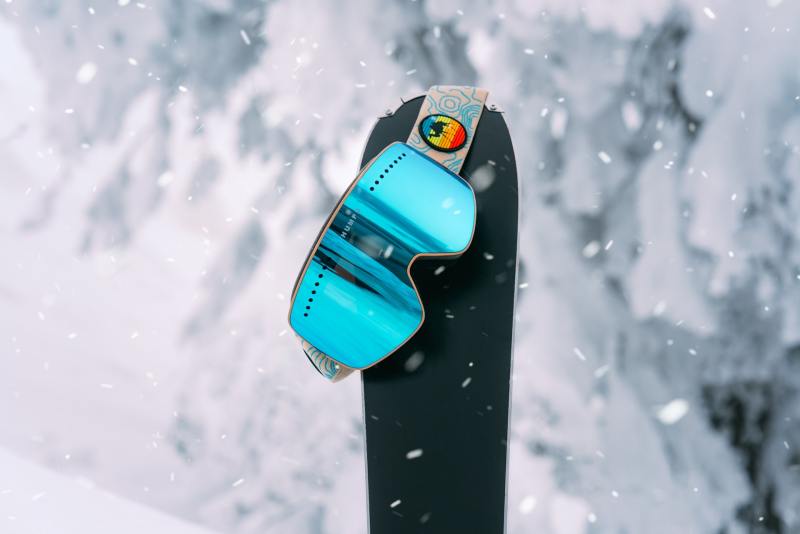
On the surface, the shape of a snowboard seems like an easy concept. You’ve got twin directional, directional, and other ideas that all relate to the cutout shape of your snowboard or how it looks from above. But when you start to think of a snowboard as a more three-dimensional object, rather than just from the top down, things start to get a little more complex.
When you’re shopping for your next snowboard, chances are you’ll see terms like camber, rocker, and flying V. These refer to the footprint of your snowboard — the shape of it from the side. These different styles of snowboards often look the same on the surface, but when you learn a little more about them, you’ll see that these shapes have a huge effect on your style and level of snowboarding. Just what are the different camber shapes of a snowboard, and how do they affect you?
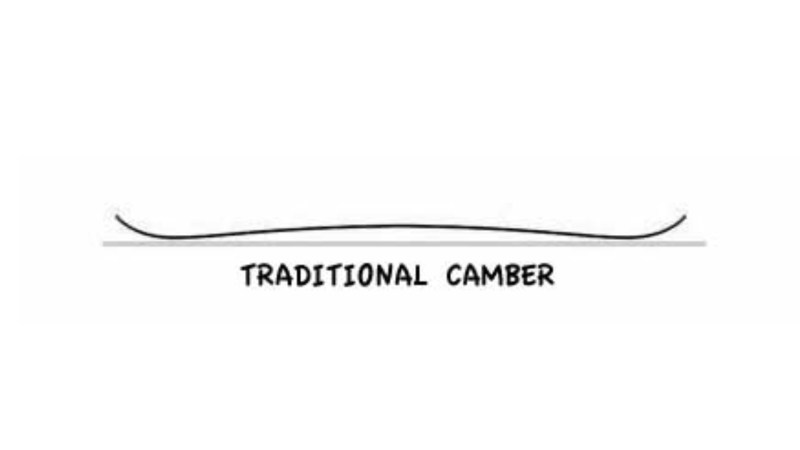
Traditional camber
As the name suggests, there was a time when every snowboard was a traditional cambered snowboard. These boards have contact points at either end but rise in the center, giving them huge amounts of pop for ollies and tricks. As well as the extra pop, cambered snowboards tend to be more stable at high speed and give you a more locked-in feeling, especially when you’re holding an edge for carving. Where camber snowboards are limited is in their ability to float in powder. Beginners also often find that cambered snowboards grab when they try to ride them flat, and it can be hard to initiate a turn.
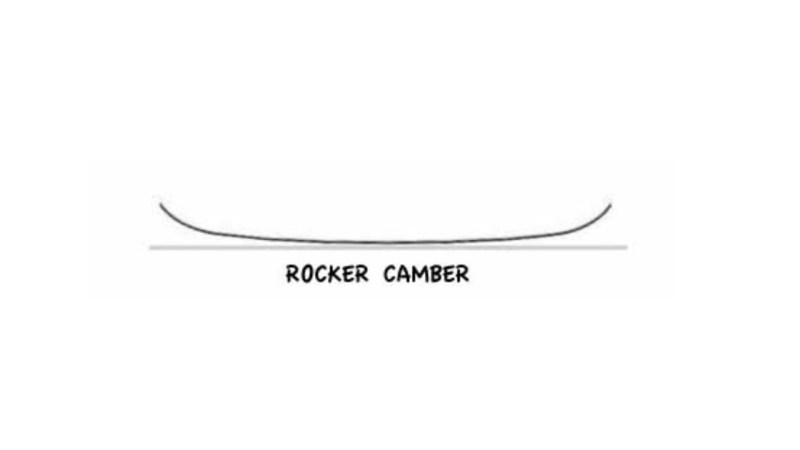
Rocker camber
Rocker cambered boards are the direct opposite of a traditional cambered snowboard. Often referred to as rockered, these are the most forgiving style of board and are also the least likely to catch an edge as you ride down the mountain. For that reason, there was a time when beginners were encouraged to ride a rockered snowboard. However, rockered snowboards are loose and don’t hold an edge like other camber styles. Nowadays, full rockered boards are less common, but those that are still around are better suited for powder snowboarding, where the float and loose feel make for a playful board.
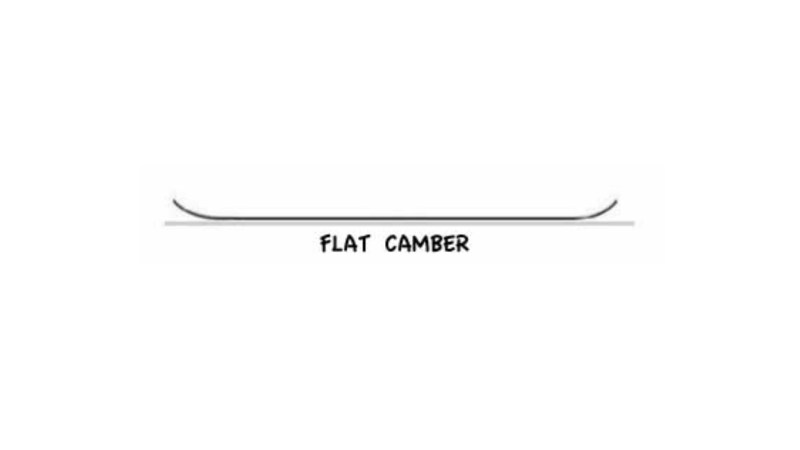
Flat
Flat snowboards are the most stable and non-aggressive boards on the market, making them a good choice for beginners. In fact, a lot of rental snowboards are flat for just this reason. Flat snowboards can catch edges easily, especially if they’ve not been properly detuned when the store sharpens your snowboard edge. Flat boards with a softer flex are generally easier to ride, and they’re great even for intermediate riders who are looking for a board that can help them progress with their riding. Flat boards have limited top speed due to their extra contact with the snow. Most riders quickly progress past a flat board and look for other options.
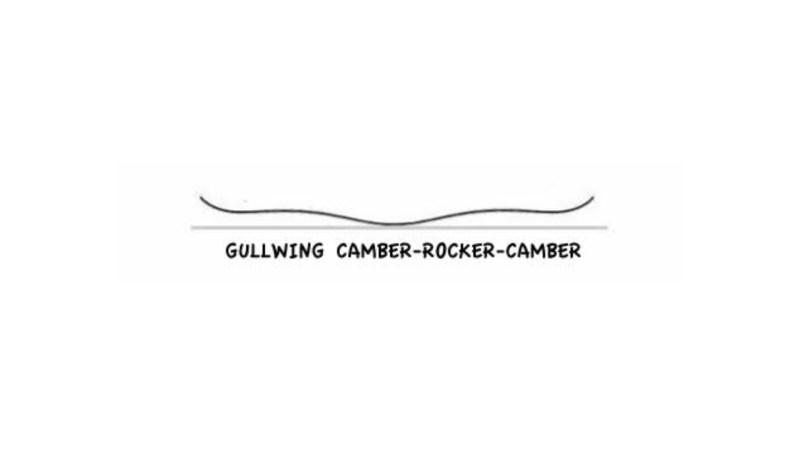
Gullwing or flying V
Gullwing. Flying V. Cam/rocker. Whatever you call it, these boards are becoming more common in the snowboarding world. This hybrid rocker profile gives you the forgiveness of a mid-point rocker board combined with the pop and grip of a true camber, leading to a more responsive edge-to-edge ride. The rocker lifts the nose and tail of the board while the camber under the feet allows for more edge grip when the snow is hard packed. True, these boards don’t float like a rocker board or carve like a camber board, but they’re a solid middle ground, a cruiser, a do-all. A gullwing snowboard can float in powder but has the edge transition you need to carve or hit the park.

How to choose the best snowboard
Now that you know the pros and cons of each snowboard base shape, you’re on your way to being able to buy the best board for your riding style, but there are some other things to consider when you’re shopping for a snowboard:
- Length – The size of the rider helps determine the right snowboard length. While in the past, that was figured out via the rider’s height, most brands now go by the rider’s weight, as it’s a more accurate way to determine the proper length. Most manufacturers will have a size chart right on their websites so you can easily find the right size. Once you figure out the proper size, you can make adjustments based on your riding style. If you like to ride aggressively, you may want a longer board. If you’re looking for a board to do some jumps and park riding, a shorter board may be better.
- Riding style – There are several types of snowboards to suit just about every style of snowboarding.
- All-mountain – These are designed for all kinds of terrain and good general-purpose boards.
- Freestyle – These boards are for snow parks and freestyle riding, as the name suggests.
- Freeride – If you want to hit ungroomed trails, this is the style for you.
- Powder – This one is all in the name — it’s best suited for deep powder snow.
- Splitboard – Generally for back-country riding, the board will split into two skis to allow you to climb ungroomed hills and then reattach so you can ride down.
Editors' Recommendations
- These 3 brands of ski or snowboard wax are the only ones we recommend: Here’s why
- Après ski is cool, but the Swedish tradition of fika might be cooler: Here’s why
- Snowboarding gear gift guide: SMITH, Burton, 686, Dakine, and more
- Our favorite Montana ski resorts, ranked
- You need a great pair of ski or snowboarding goggles: Here’s why





